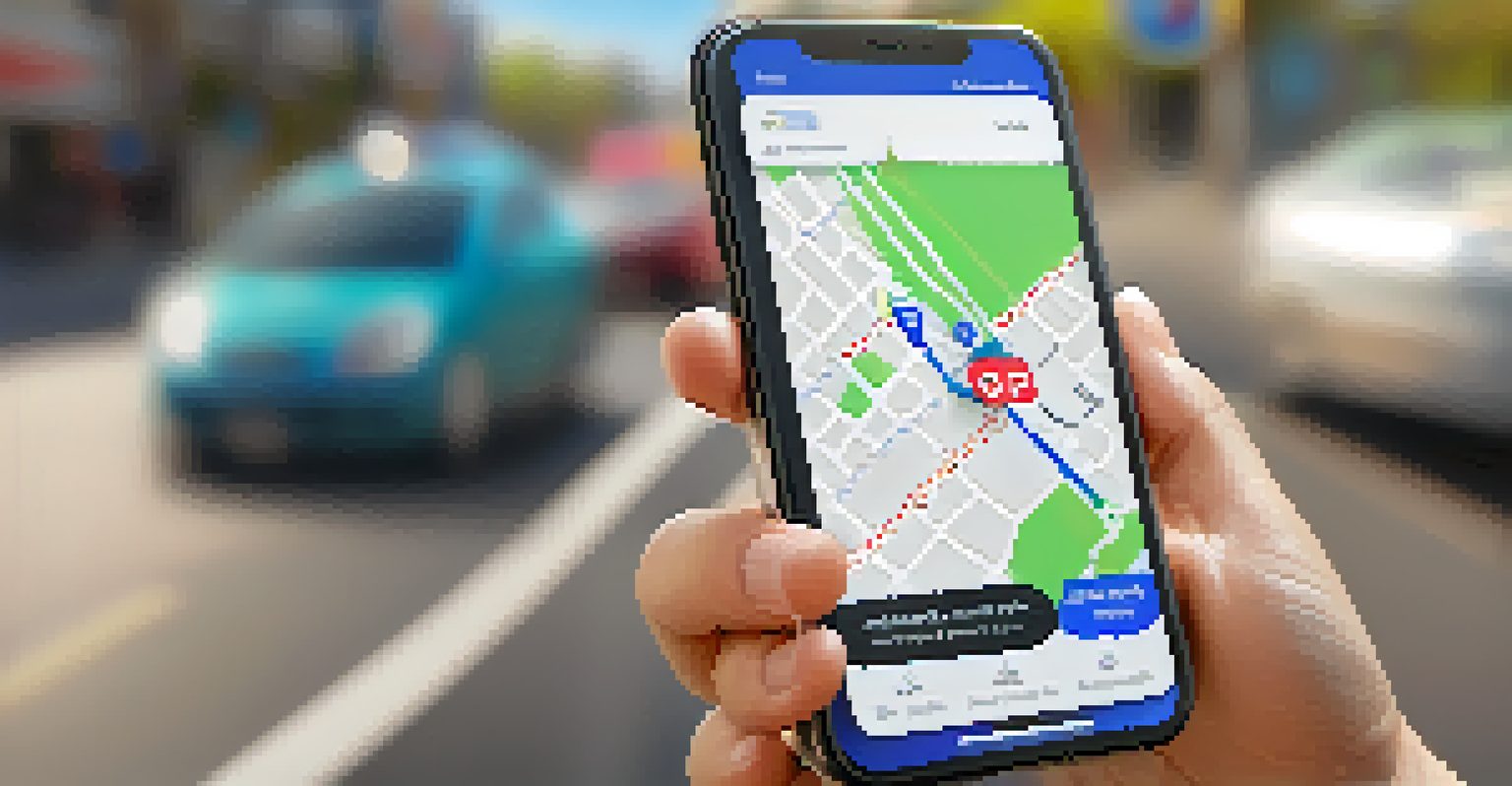Understanding Tax Compliance for Uber and Lyft Drivers

What is Tax Compliance for Rideshare Drivers?
Tax compliance refers to the process of ensuring that all tax obligations are met according to the law. For Uber and Lyft drivers, this means accurately reporting their income and paying any taxes owed. Since rideshare drivers are considered independent contractors, they have unique tax responsibilities compared to traditional employees.
In this world, nothing can be said to be certain, except death and taxes.
As independent contractors, drivers must keep track of their earnings and expenses to report them correctly on their tax returns. This includes understanding which expenses can be deducted to lower taxable income. It’s crucial for drivers to be proactive about their tax situation to avoid any surprises come tax season.
Ultimately, maintaining tax compliance helps drivers avoid penalties and ensures they’re contributing to public services. Understanding the ins and outs of tax compliance can not only save money but also provide peace of mind while driving.
Understanding Your Income as a Rideshare Driver
Rideshare drivers earn income based on the number of rides they complete, but it’s essential to understand how this income is categorized for tax purposes. All money earned through platforms like Uber and Lyft is considered self-employment income. This includes fares, tips, and any bonuses or incentives offered by the rideshare companies.

Drivers should be aware that unlike traditional employees, taxes are not withheld from their earnings. This means drivers are responsible for calculating and paying their own taxes throughout the year, which can be a significant change for many. Keeping detailed records of all income received will make this process much smoother.
Tax Compliance for Rideshare Drivers
Rideshare drivers must accurately report their income and expenses to meet their unique tax obligations as independent contractors.
Additionally, drivers should consider using an app or spreadsheet to track their earnings. This will help ensure they don’t miss any income when it comes time to file their taxes, allowing them to maximize their deductions and minimize their tax liabilities.
Important Tax Deductions for Rideshare Drivers
One of the major benefits of being an independent contractor is the ability to deduct business expenses. For Uber and Lyft drivers, this might include costs like fuel, vehicle maintenance, insurance, and even the depreciation of their vehicle. Understanding what qualifies as a deductible expense can significantly reduce taxable income.
The only thing worse than being blind is having sight but no vision.
For example, if a driver spends $200 on gas and $100 on car maintenance in a given month, those expenses can be deducted from their rideshare income. Additionally, drivers can also deduct a portion of their phone bill if they use their phone for navigation and communication with passengers.
It's important to keep detailed records and receipts for all expenses. This not only helps during tax filing but also provides evidence in case of an audit. By taking advantage of available deductions, drivers can ensure they’re paying only what they owe.
Estimated Tax Payments: What Drivers Need to Know
Since Uber and Lyft do not withhold taxes from drivers' earnings, it's crucial to make estimated tax payments throughout the year. The IRS generally requires self-employed individuals to pay taxes quarterly, based on estimated earnings. This helps avoid a hefty tax bill when filing returns.
To calculate estimated taxes, drivers can use Form 1040-ES, which provides guidance on how much to pay based on projected income. It's advisable to set aside a percentage of each ride’s earnings to cover these estimated payments, ensuring there are no surprises later on.
Key Tax Deductions Available
Drivers can significantly reduce their taxable income by deducting business-related expenses like fuel, maintenance, and phone bills.
Missing these payments can lead to penalties and interest charges, which can quickly add up. By staying on top of estimated tax payments, drivers can maintain their financial health and focus on driving.
Filing Taxes as an Independent Contractor
Filing taxes as an independent contractor can seem daunting, but breaking it down into steps makes it manageable. Drivers typically use Form 1040 along with Schedule C to report their income and expenses. Understanding how to fill out these forms is essential for accurate tax reporting.
It's advisable to keep all relevant documents organized throughout the year, making it easier to file when tax season arrives. This includes income statements from Uber and Lyft, receipts for expenses, and any other financial documents. A well-organized file can save time and reduce stress when it’s time to file taxes.
Some drivers may choose to hire a tax professional to assist with filing, especially if they have complicated tax situations. A professional can provide valuable advice and ensure compliance with tax laws, which can be particularly beneficial for first-time filers.
Common Mistakes to Avoid When Filing Taxes
When it comes to filing taxes, even small mistakes can lead to significant issues. One common error among rideshare drivers is underreporting income. As an independent contractor, all income must be reported, and failing to do so can result in penalties and audits.
Another frequent mistake is neglecting to take advantage of available deductions. Drivers often miss out on expenses they can deduct simply because they’re unaware of them. Keeping thorough records and consulting tax resources can help prevent this oversight.
Importance of Estimated Tax Payments
Making estimated tax payments quarterly helps drivers avoid penalties and manage their financial health throughout the year.
Additionally, waiting until the last minute to file can lead to hasty mistakes. By starting the process early, drivers can review their information carefully and ensure everything is accurate, minimizing the risk of errors.
Resources for Rideshare Drivers on Tax Compliance
Fortunately, there are many resources available to help Uber and Lyft drivers navigate tax compliance. The IRS website provides detailed information about self-employment taxes, including guides and forms. Additionally, rideshare companies often offer resources and FAQs to assist drivers with their tax questions.
There are also several apps designed specifically for tracking expenses and income for rideshare drivers. These tools can simplify the record-keeping process, making it easier to stay organized throughout the year. Some popular options even integrate directly with tax software to streamline filing.

Lastly, joining online communities or forums for rideshare drivers can be a great way to share experiences and tips related to tax compliance. Learning from others in similar situations can provide valuable insights and support as drivers navigate their tax obligations.